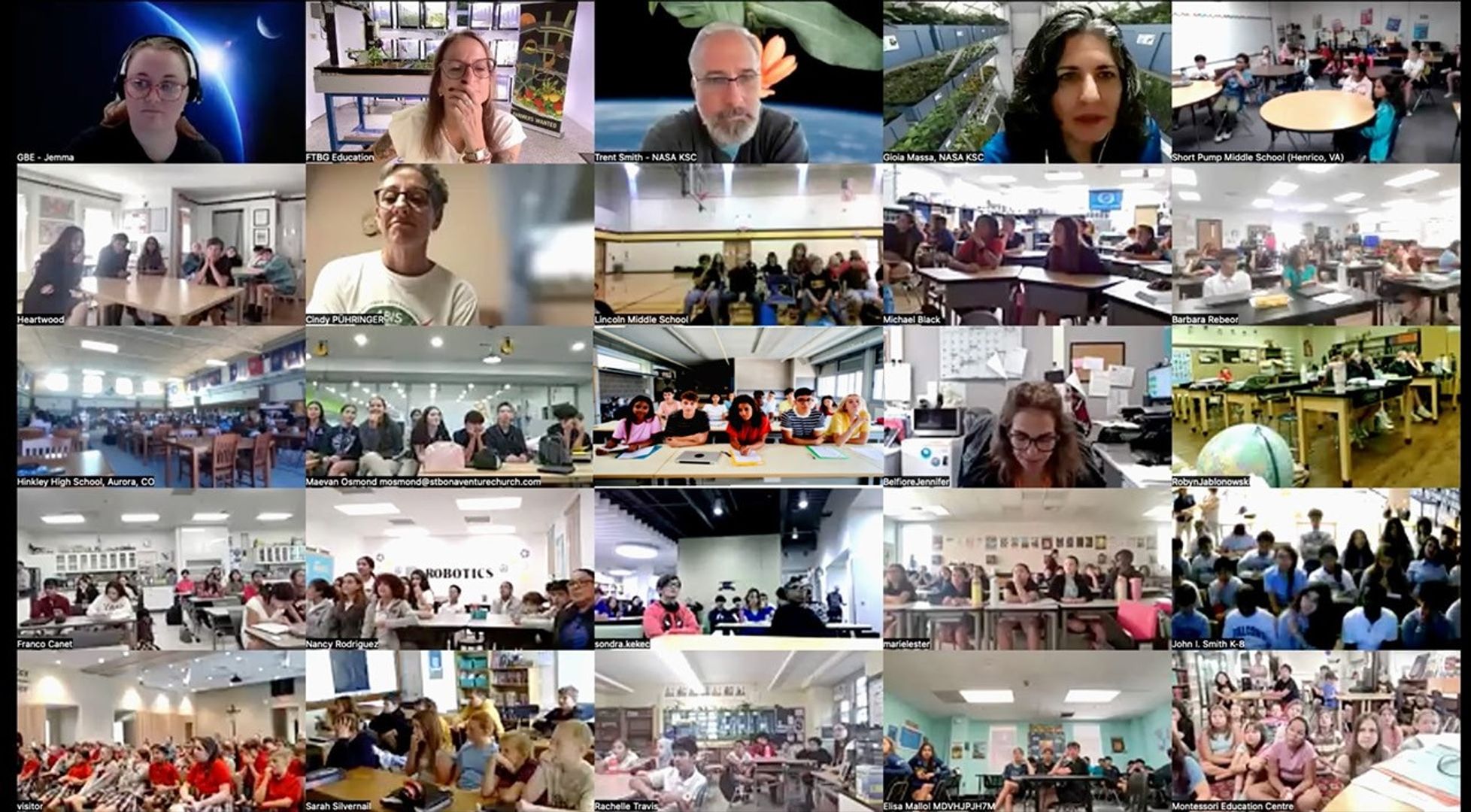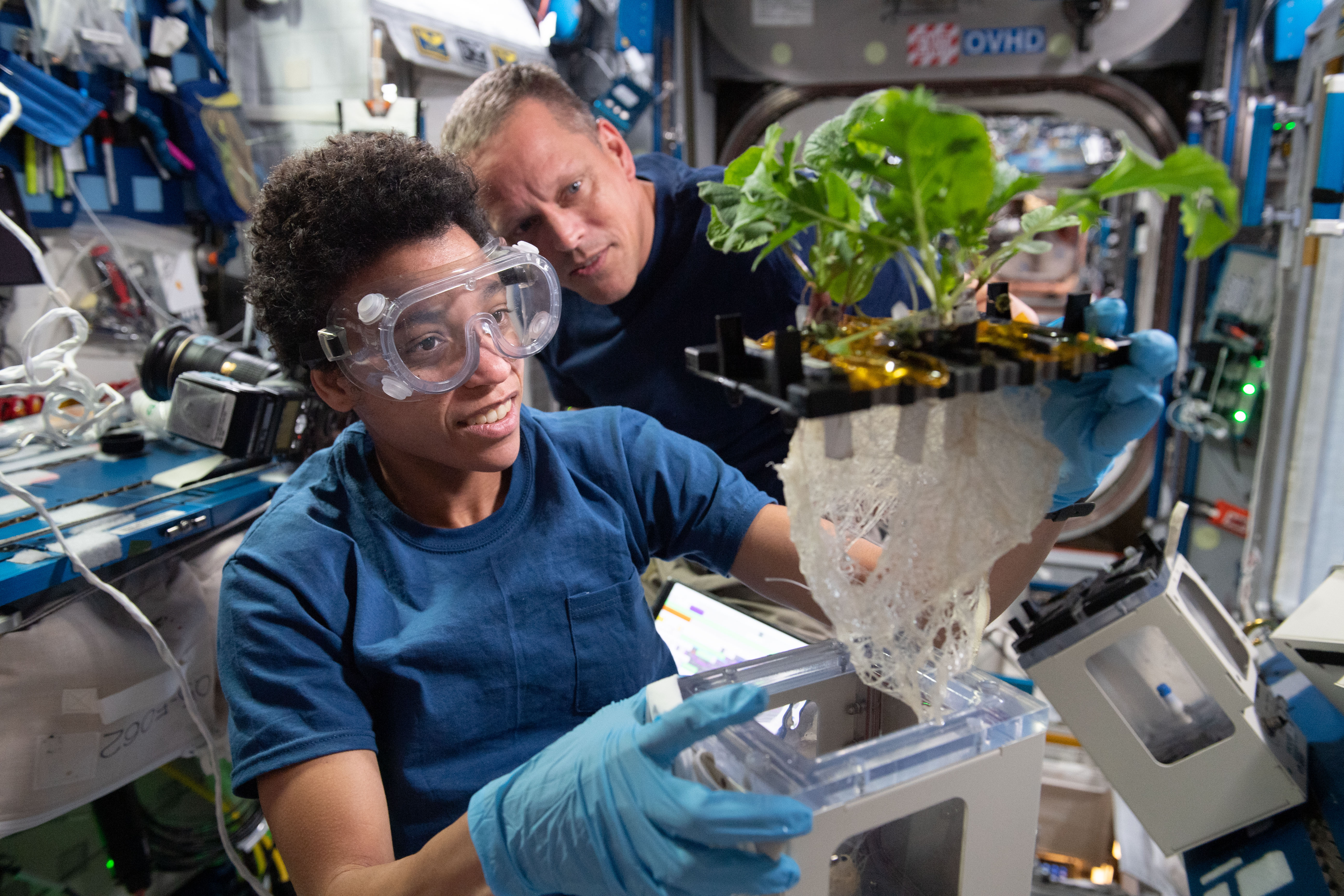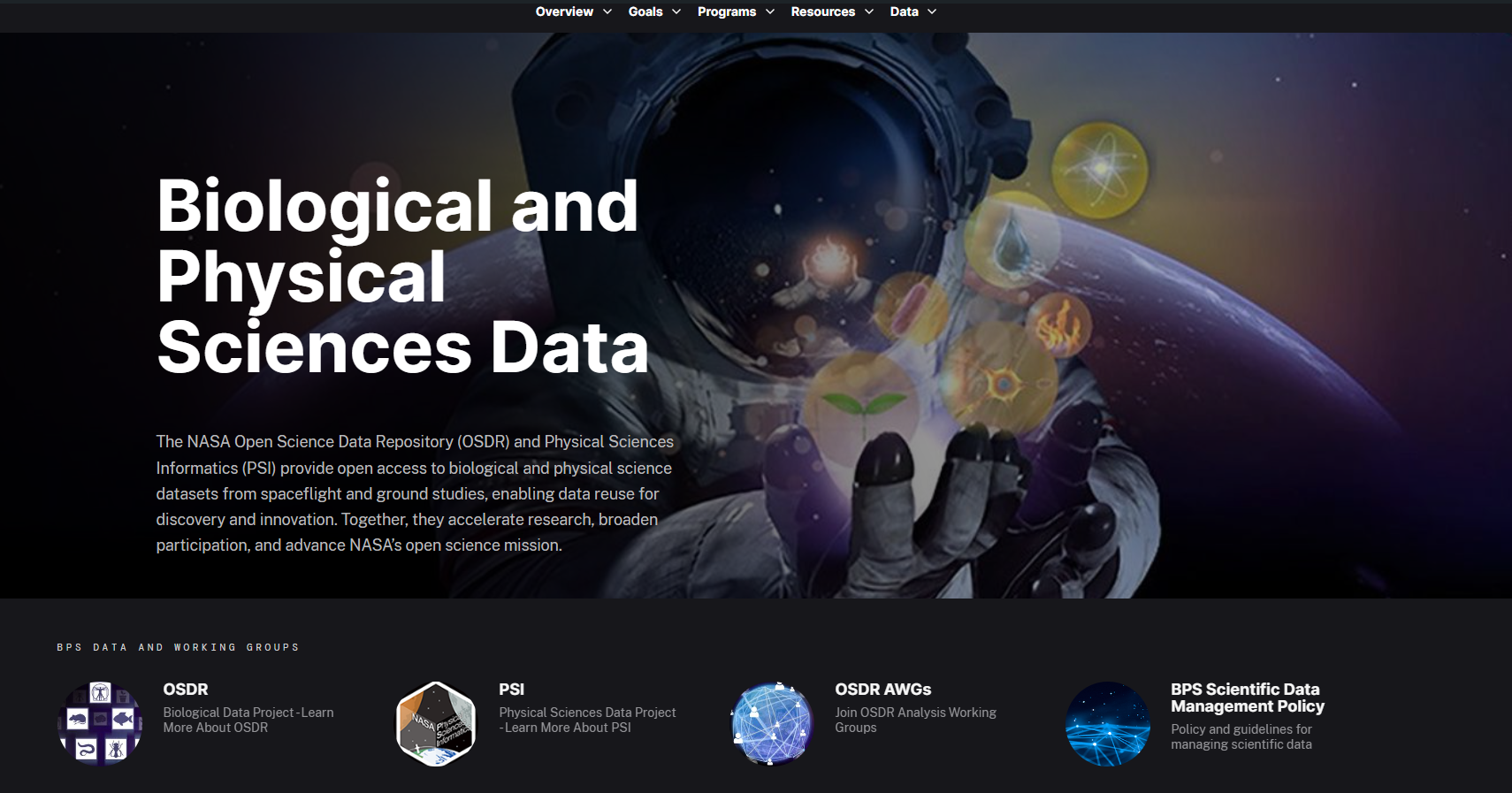PROJECT
Thrombosis in Microgravity (Understanding how blood clots form in space)
SNAPSHOT
Determining how blood-flow patterns near valves in the veins affect the movement of red blood cells may identify ways to prevent blood clots in astronauts.
It was recently reported that a few astronauts developed clots in the veins that collect blood from the head and neck. This condition was unexpected in these very healthy crewmembers who were pre-screened for the risk of blood clots, but developed them anyway. To understand the underlying mechanisms that drive the formation of clots, Principal Investigator Anand Ramasubramanian of the Chemical Engineering Department at San Jose State University (SJSU) decided to investigate blood flow in veins since it is known that blood flow patterns affect clot formation.
In the absence of gravity, body fluids shift from the legs to the upper body and the head. This shift affects the flow of blood through the vessels in the head. Blood flow patterns are reported to change when astronauts are in space, and interestingly, the degree of change appears to differ between different astronauts.
To investigate how blood flow affects factors that influence clot formation, Dr. Ramasubramanian teamed up with his SJSU colleagues Dr. John Lee and Dr. Liat Rosenfeld to develop tissue-on-a-chip technologies that mimic a venous valve to closely monitor changes in blood cells as they move around the valves.
In the first study, the team monitored and measured flow patterns and red blood cell (RBC) movement at the microscopic level. It is thought that the lateral movement of RBCs contributes to the formation and progression of blood clots, or thromboses, not only in venous valves, but also in aortic aneurysms and blood-circulating devices.
Using freshly drawn blood from healthy human subjects, Dr. Ramasubramanian and his students, Z-na Sanchez and Vignesha Vijayananda, used high speed microscopy to examine the movement of red blood cells and the flow patterns of the surrounding fluid as they moved past an imitation valve built onto a microfluidic device. Measurements taken while observing the blood flow under the microscope showed an uneven distribution of RBCs around the artificial valves and undesirable stresses on the vessel walls. The team has been able to record the motion of individual RBCs getting trapped and circling continuously in vortices to the sides of the valves (see figure below). These results revealed that complex flow patterns may determine how and why clots tend to form around valves.
In this ongoing study, sponsored by NASA’s Biological and Physical Sciences Division, the SJSU team is investigating the combined effect of flow and the absence of gravity on blood cells using a tissue-on-a-chip system they developed in-house. The system consists of endothelial cells (the type of cells that line our blood vessels) that will be exposed to varying forces due to blood flow and microgravity at the same time to mimic what happens in the veins of astronauts during space flight. This new technology will provide insight on how various bodily and gravity forces affect cells and the formation of blood clots. These studies may be able to determine whether countermeasures can be implemented to reduce the risk of clot formation and why clots formed in only in a few of the astronauts.
PROJECT LEADS
Dr. Anand Ramasubramanian, Chemical Engineering Department, San Jose State University
SPONSORING ORGANIZATIONS
Biological and Physical Sciences Division
Read more Technology Highlights




































